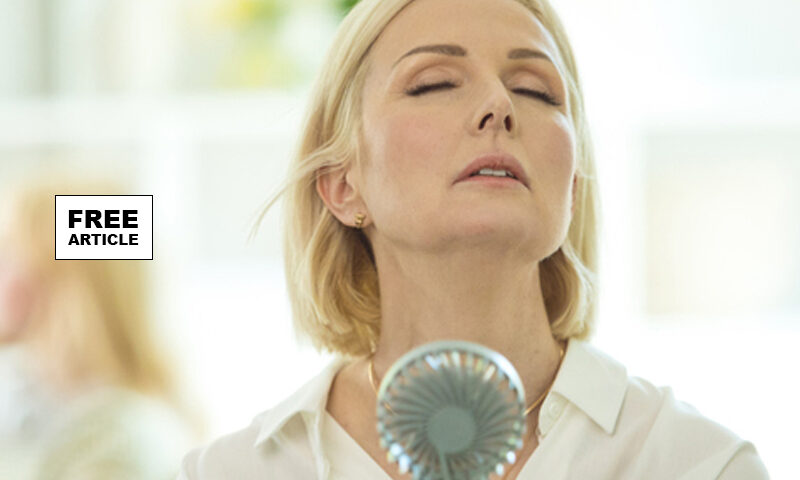The Menopause Transition Part 1
At birth, a female is endowed with approximately one to two million primordial ovarian follicles, each containing an immature egg. This number represents a woman's entire lifetime supply, as no new follicles are produced after birth. By the onset of puberty, the number of follicles declines to about 300,000 to 500,000 due to a natural process called atresia, where many follicles degenerate.




